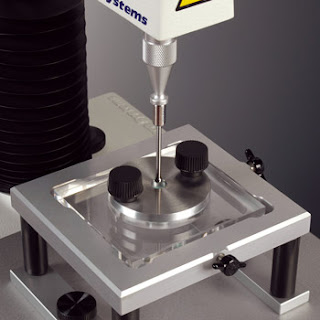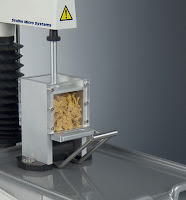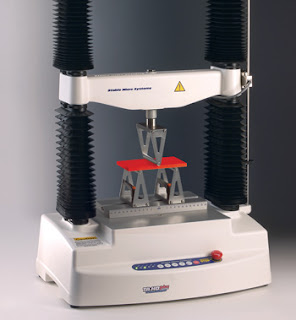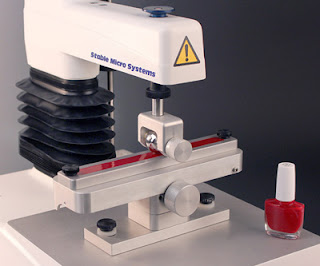Measuring Detachment Force
Table grapes are highly perishable, non-climacteric fruits. Their shelf life is shortened by loss of firmness, berry drop, discoloration of the stem, desiccation and fungal rots.The berry drop is due basically to dry-drop (or abscission) – ethylene in conjunction with falling auxin levels, induces the formation of an abscission zone at the pedicel-berry junction, thus stimulating their drop. Grape varieties susceptible to berry drop present a huge problem for successful storage and marketing. For this reason it is required to predict and control the harvested abscission of grape berries, which is not only of inherent scientific interest, but it also has considerable commercial significance.














































